Mix Nuts Honey – Makes your morning healthy , helps lower blood pressure, contains nutrients – 100% pure organic
- Regular price
- Rs. 1,599
- Regular price
-
Rs. 1,777 - Sale price
- Rs. 1,599
- Unit price
- per
Pay in 3 Installments of
Rs.
613
Prime Fast Delivery
|
Vendor:
ChiltanPure
10 customers are viewing this product
Couldn't load pickup availability

Vendor: ChiltanPure
Mix Nuts Honey – Makes your morning healthy , helps lower blood pressure, contains nutrients – 100% pure organic
Rs. 1,599
Vendor: ChiltanPure
Mix Nuts Honey – Makes your morning healthy , helps lower blood pressure, contains nutrients – 100% pure organic
Rs. 1,599
Chiltanpure Mix Nuts Honey
It’s very high in beneficial plant compounds and offers several health benefits. Honey is particularly healthy when used instead of refined sugar, which is 100% empty calories.
Honey Contains Some Nutrients
Honey is a sweet, thick liquid made by honeybees. The bees collect sugar, mainly the sugar-rich nectar of flowers, from their environment. Once inside the beehive, they repeatedly consume, digest and regurgitate the nectar. The end product is honey, a liquid that serves as stored food for bees. The smell, colour, and taste depend on the types of flowers visited.Nutritionally, one tablespoon of honey (21 grams) contains 64 calories and 17 grams of sugar, including fructose, glucose, maltose and sucrose. It contains virtually no fibre, fat or protein. It also contains trace amounts under 1% of the RDI — several vitamins and minerals, but you would have to eat many pounds to fulfil your daily requirements.Where honey shines is in its content of bioactive plant compounds and antioxidants. Darker types tend to be even higher in these compounds than lighter types.
Rich in Antioxidants
Honey contains many antioxidants, including phenolic compounds like flavonoids. These include organic acids and phenolic compounds.
Honey is less bad
The evidence on honey and diabetes is mixed. On the one hand, it can reduce several risk factors for heart disease common in people with type 2 diabetes. For example, it may lower “bad” LDL cholesterol, triglycerides and inflammation while raising “good” HDL cholesterol.While honey may be slightly better than refined sugar for diabetes, you should still consume it with caution. People with diabetes may do best by minimizing all high-carb foods.Keep in mind, too, that certain types of honey may be adulterated with plain syrup. Although honey adulteration is illegal in most countries, it remains a widespread problemSome studies show that honey improves heart disease risk factors in people with diabetes. However, it also raises blood sugar levels – so it cannot be considered healthy for people with diabetes.
Helps Lower Blood Pressure
Blood pressure is an important risk factor for heart disease, and honey may help lower it. This is because it contains antioxidant compounds that have been linked to lower blood pressure. Eating honey may lead to modest reductions in blood pressure, an important risk factor for heart disease.
Improves Cholesterol
High LDL cholesterol levels are a strong risk factor for heart disease. This type of cholesterol plays a major role in atherosclerosis, the fatty buildup in your arteries leading to heart attacks and strokes. Interestingly, several studies show that honey may improve your cholesterol levels. It reduces total and “bad” LDL cholesterol while significantly raising “good” HDL cholesterol.
Honey seems to have a positive effect on cholesterol levels. It leads to modest reductions in total and “bad” LDL cholesterol while raising “good” HDL cholesterol.
Lowers Triglycerides
Elevated blood triglycerides are another risk factor for heart disease. They are also associated with insulin resistance, a major driver of type 2 diabetes. Triglyceride levels tend to increase on a diet high in sugar and refined carbs.Interestingly, multiple studies have linked regular honey consumption with lower triglyceride levels, especially when used to replace sugar. For example, one study comparing honey and sugar found 11–19% lower triglyceride levels in the honey group.
Beneficial Effects on Heart Health
Honey is a rich source of phenols and other antioxidant compounds. Many of these have been linked to a reduced risk of heart disease. They may help the arteries in your heart dilate, increasing blood flow to your heart. They may also help prevent blood clot formation, which can lead to heart attacks and strokes.All told, there is no long-term human study available on honey and heart health. Take these results with a grain of salt.The antioxidants in honey have been linked to beneficial effects on heart health, including increased blood flow to your heart and a reduced risk of blood clot formation.
Promotes Burn & Wound Healing
Topical honey treatment has been used to heal wounds and burns since ancient Egypt and is still common today. Honey is also an effective treatment for diabetic foot ulcers, which are serious complications leading to amputation. One study reported a 43.3% success rate with honey as a wound treatment. In another study, topical honey healed a whopping 97% of patients’ diabetic ulcers.
Researchers believe that honey’s healing powers come from its antibacterial and anti-inflammatory effects as well as its ability to nourish surrounding tissue. What’s more, it can help treat other skin conditions, including psoriasis and herpes lesions.Honey can be part of an effective treatment plan for burns, wounds, and many other skin conditions when applied to the skin. It is particularly effective for diabetic foot ulcers.
Key Word
dryfruits
Does real honey crystallize?
Yes, real honey crystallizes, and it is completely natural.
Is it normal for honey to crystallize?
Absolutely Crystallization is a natural process and does not affect the quality of honey.
Why does honey crystallize?
Honey crystallizes due to its natural sugar composition, mainly glucose, which forms crystals over time.
|
Use honey to sweeten your dressings or marinades
|
|
Stir honey into coffee or tea
|
|
Drizzle honey on top of toast or pancakes
|
|
Mix honey into yogurt, cereal, or oatmeal for a more natural sweetener
|
|
Spread raw honey over whole grain toast and top with peanut butter
|
Almond |
Pistachio |
Cashew |
Peanuts |
Honey |
Related Products
Mama's Jan
Example product title
- Regular price
- Rs. 1,599
- Regular price
-
Rs. 1,777 - Sale price
- Rs. 1,599
- Unit price
- per
Mama's Jan
Example product title
- Regular price
- Rs. 1,599
- Regular price
-
Rs. 1,777 - Sale price
- Rs. 1,599
- Unit price
- per
Mama's Jan
Example product title
- Regular price
- Rs. 1,599
- Regular price
-
Rs. 1,777 - Sale price
- Rs. 1,599
- Unit price
- per
Mama's Jan
Example product title
- Regular price
- Rs. 1,599
- Regular price
-
Rs. 1,777 - Sale price
- Rs. 1,599
- Unit price
- per
Mama's Jan
Example product title
- Regular price
- Rs. 1,599
- Regular price
-
Rs. 1,777 - Sale price
- Rs. 1,599
- Unit price
- per
Mama's Jan
Example product title
- Regular price
- Rs. 1,599
- Regular price
-
Rs. 1,777 - Sale price
- Rs. 1,599
- Unit price
- per
Mama's Jan
Example product title
- Regular price
- Rs. 1,599
- Regular price
-
Rs. 1,777 - Sale price
- Rs. 1,599
- Unit price
- per
Mama's Jan
Example product title
- Regular price
- Rs. 1,599
- Regular price
-
Rs. 1,777 - Sale price
- Rs. 1,599
- Unit price
- per
Mama's Jan
Example product title
- Regular price
- Rs. 1,599
- Regular price
-
Rs. 1,777 - Sale price
- Rs. 1,599
- Unit price
- per
Mama's Jan
Example product title
- Regular price
- Rs. 1,599
- Regular price
-
Rs. 1,777 - Sale price
- Rs. 1,599
- Unit price
- per
Recently Viewed Products
Mama's Jan
Example product title
- Regular price
- Rs. 1,599
- Regular price
-
Rs. 1,777 - Sale price
- Rs. 1,599
- Unit price
- per
Mama's Jan
Example product title
- Regular price
- Rs. 1,599
- Regular price
-
Rs. 1,777 - Sale price
- Rs. 1,599
- Unit price
- per
Mama's Jan
Example product title
- Regular price
- Rs. 1,599
- Regular price
-
Rs. 1,777 - Sale price
- Rs. 1,599
- Unit price
- per
Mama's Jan
Example product title
- Regular price
- Rs. 1,599
- Regular price
-
Rs. 1,777 - Sale price
- Rs. 1,599
- Unit price
- per
Mama's Jan
Example product title
- Regular price
- Rs. 1,599
- Regular price
-
Rs. 1,777 - Sale price
- Rs. 1,599
- Unit price
- per
Mama's Jan
Example product title
- Regular price
- Rs. 1,599
- Regular price
-
Rs. 1,777 - Sale price
- Rs. 1,599
- Unit price
- per
Mama's Jan
Example product title
- Regular price
- Rs. 1,599
- Regular price
-
Rs. 1,777 - Sale price
- Rs. 1,599
- Unit price
- per
Mama's Jan
Example product title
- Regular price
- Rs. 1,599
- Regular price
-
Rs. 1,777 - Sale price
- Rs. 1,599
- Unit price
- per
Mama's Jan
Example product title
- Regular price
- Rs. 1,599
- Regular price
-
Rs. 1,777 - Sale price
- Rs. 1,599
- Unit price
- per
Mama's Jan
Example product title
- Regular price
- Rs. 1,599
- Regular price
-
Rs. 1,777 - Sale price
- Rs. 1,599
- Unit price
- per
- Choosing a selection results in a full page refresh.
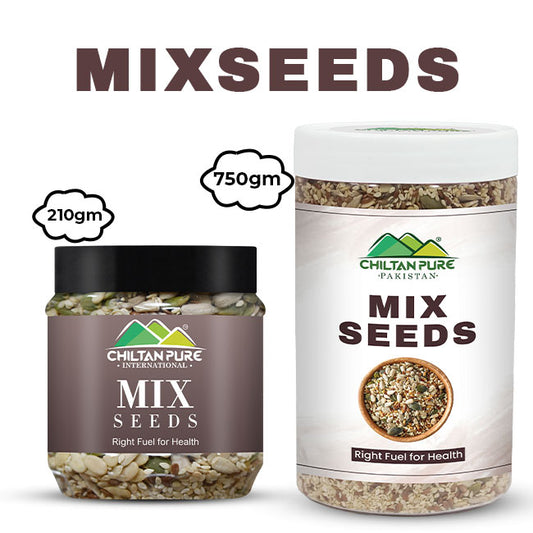



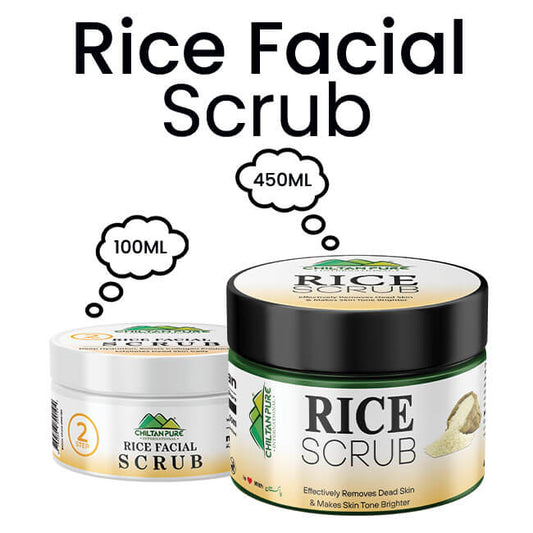
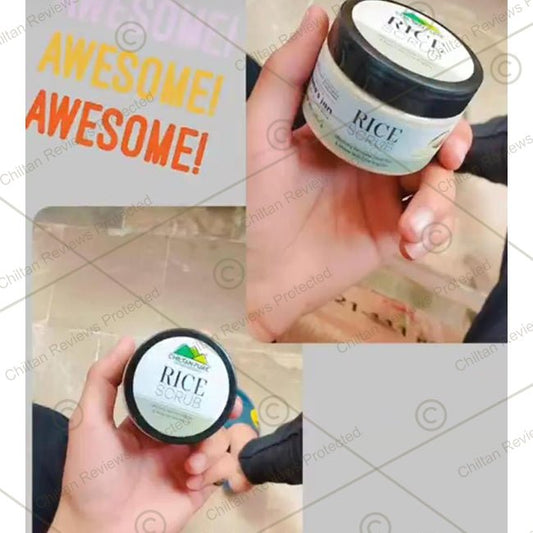
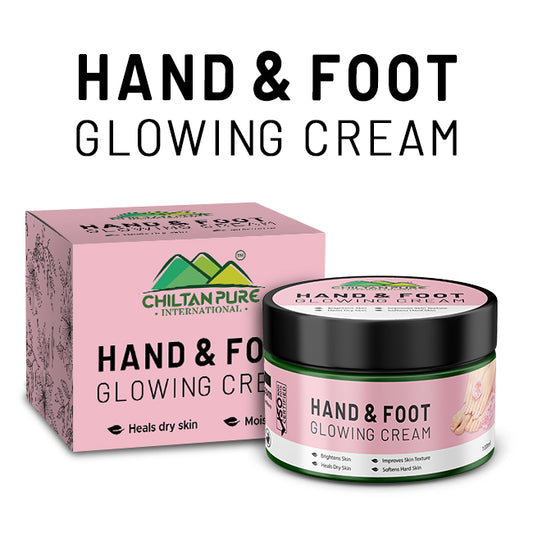

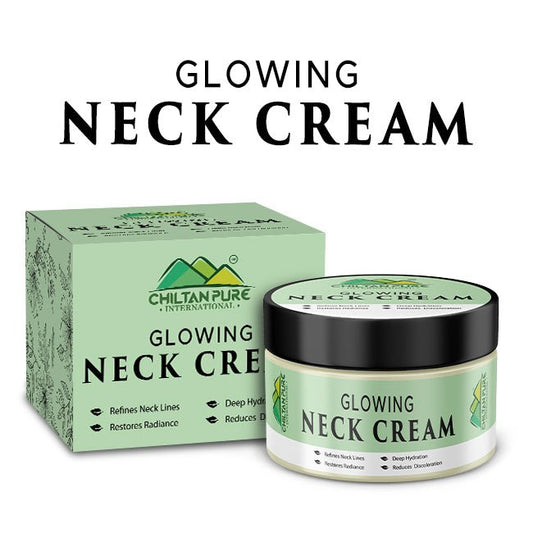

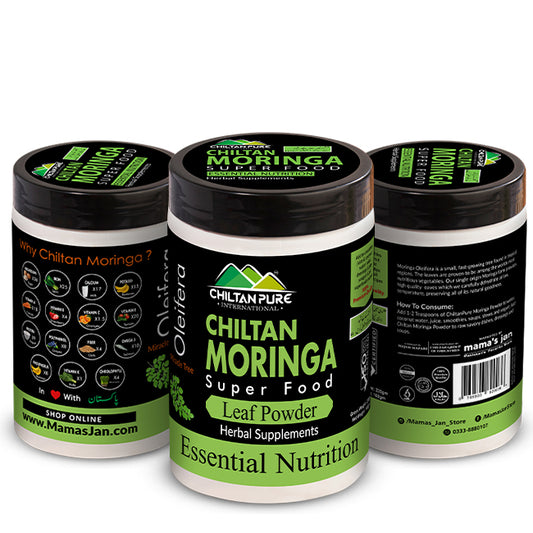
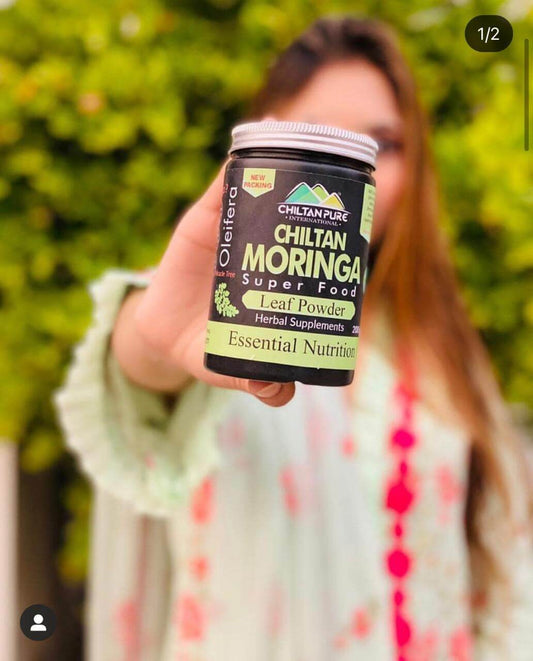
![Chia Seeds – Make Skin Glow, High in Fiber, Protein & Aid in Weight Loss [تخم میکسیکو]](http://mamasjan.com/cdn/shop/files/Chia-seeds-wb_1_533x.jpg?v=1739000274)
![Chia Seeds – Make Skin Glow, High in Fiber, Protein & Aid in Weight Loss [تخم میکسیکو]](http://mamasjan.com/cdn/shop/files/ChiaSeeds1_533x.jpg?v=1739000274)




![Red Onion Oil 🧅 Reduces Hair Fall & Accelerates Hair Regrowth [پیاز کا تیل].. Trending.... 🔥](http://mamasjan.com/cdn/shop/files/Onion-Oil_533x.jpg?v=1707234402)
![Red Onion Oil 🧅 Reduces Hair Fall & Accelerates Hair Regrowth [پیاز کا تیل].. Trending.... 🔥](http://mamasjan.com/cdn/shop/files/shampoo-oil-4_3a0058c6-20d2-4f79-8050-19cf717015ac_533x.jpg?v=1708103599)





